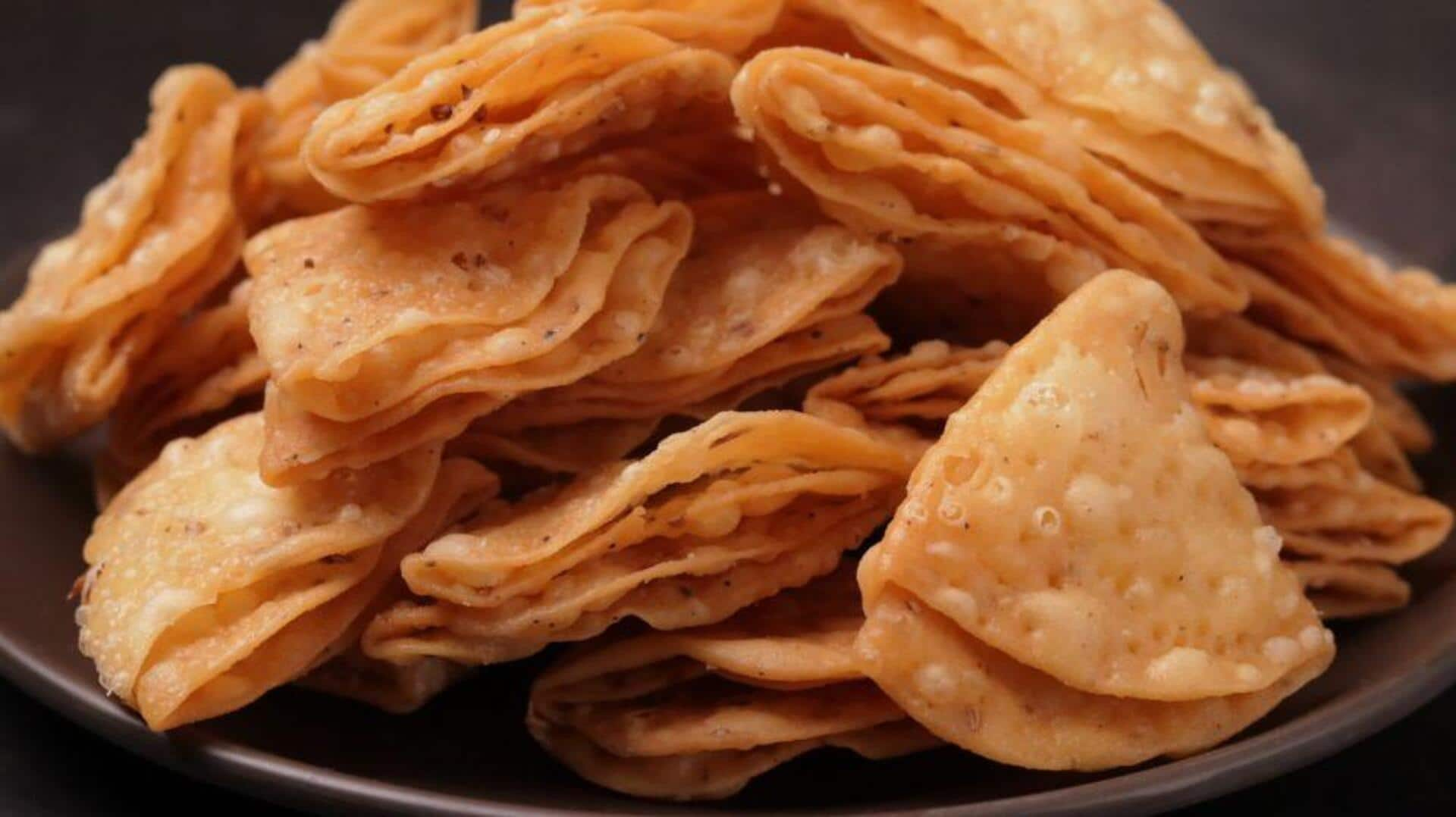
Mathri's journey: From traditional Rajasthani snack to urban favorite
What's the story
From the kitchens of Rajasthan to urban homes across India, mathri has made an entry. The crisp, savory Rajasthani delicacy is often enjoyed with tea or on its own. The evolution of this dish from being the pride of Rajasthani households to a popular snack in urban cities showcases the changing food culture and the merging of regional delicacies with contemporary trends.
#1
Origins and cultural significance
Mathri has its roots in Rajasthan, where it was traditionally made during festivals and special occasions. The region's dry climate led to its invention as an enduring snack that could be preserved for a long time. It also holds cultural significance as it is often associated with hospitality and celebration, representing the rich culinary heritage of Rajasthan.
#2
Ingredients and preparation techniques
The basic ingredients for mathri are flour, semolina, carom seeds, salt, and oil. The dough is kneaded firm and then rolled out into small discs and deep-fried until golden brown. Variations may include spices like cumin or black pepper for flavor. The preparation technique makes sure that mathri remains crispy even after storage.
#3
Urban adaptations and variations
In urban areas, mathri has been given a twist to cater to different taste buds by adding various flavors like fenugreek or spinach. Some are even baked instead of the traditional frying to attract health-conscious buyers. These variations have allowed mathri to remain popular while catering to contemporary eating habits.
Tip 1
Availability in markets today
Today, mathri is easily available at supermarkets and local stores throughout India. Packaged versions provide convenience while maintaining traditional flavors. The price varies by brand and pack size but usually falls between ₹50 to ₹200 a pack. Such availability has played a major role in its emergence as an urban favorite snack option.